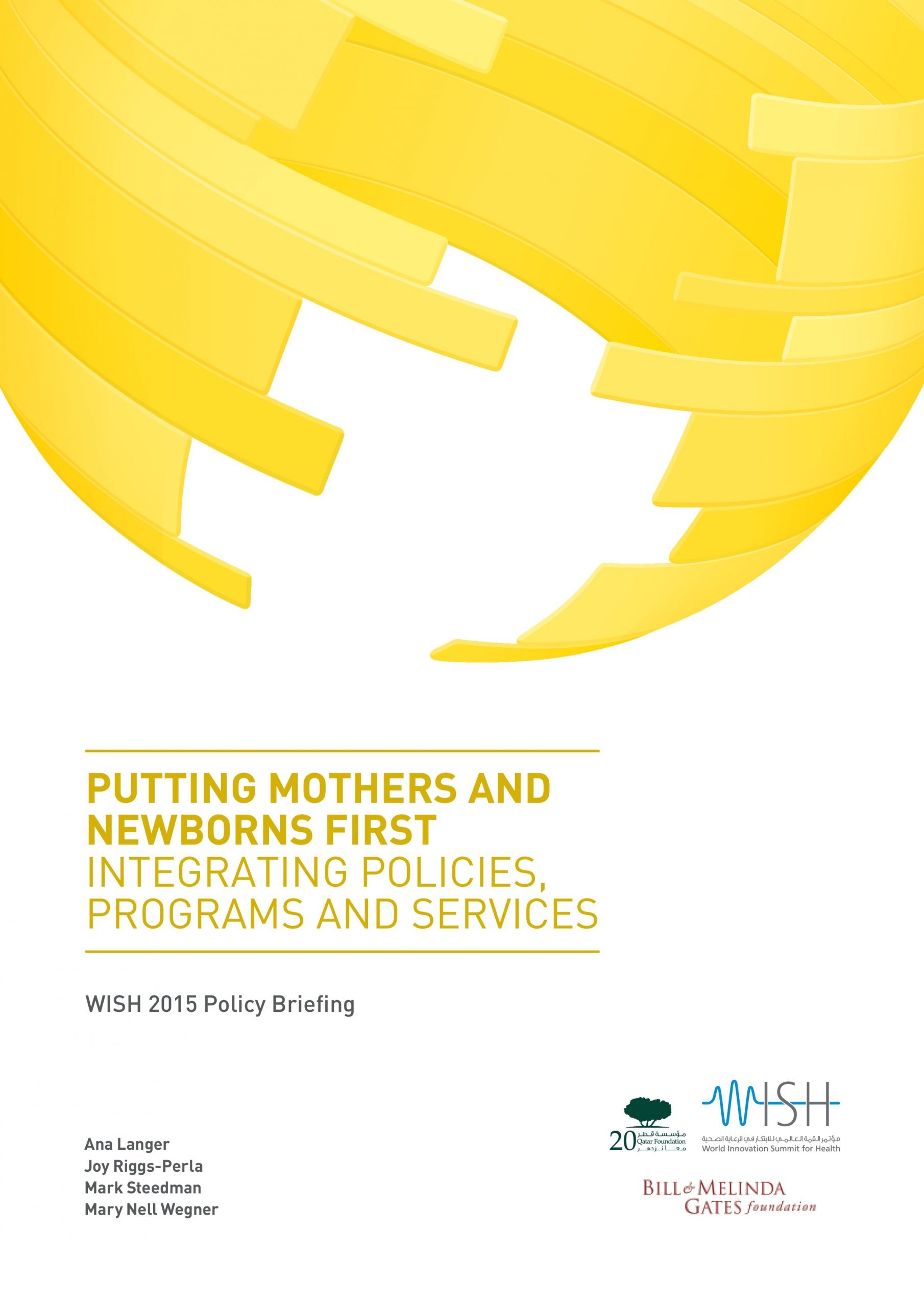Executive Summary
In low- and middle-income countries, mothers and newborns are often the victims of weak health systems and cultural norms that fail to prioritize their health needs, leading to a disproportionate share of disease and mortality. To redress this unacceptable reality, reproductive, maternal and newborn healthcare must be priorities.
Reproductive health issues are the leading cause of death and disability for girls and women between the ages of 15 and 44 globally.4 Maternal mortality, a key component of poor reproductive health, is concentrated among young and vulnerable women who die unnecessarily of complications that can often be effectively and affordably prevented or managed. The impact of these deaths go well beyond the women themselves and severely affect their families, as newborns and older children are left without the care of their mothers and are more likely to die themselves. This reverberates throughout society, as women typically contribute substantially to the financial wellbeing of families and communities.
As the health of mothers and their children are inextricably linked – biologically, socially, and through health systems – integrated responses that use innovative approaches are needed across the full range of reproductive, maternal, newborn, and child healthcare. The integration of maternal and newborn healthcare would increase women and babies’ access to quality care, while easing the burden on policymakers and healthcare providers, increasing efficiency, and reducing costs. While more research is needed to determine how best to integrate care and to draw lessons from best practice cases, burgeoning data suggest that integration is a promising approach to reaching mothers and newborns, particularly those who are the most vulnerable.

